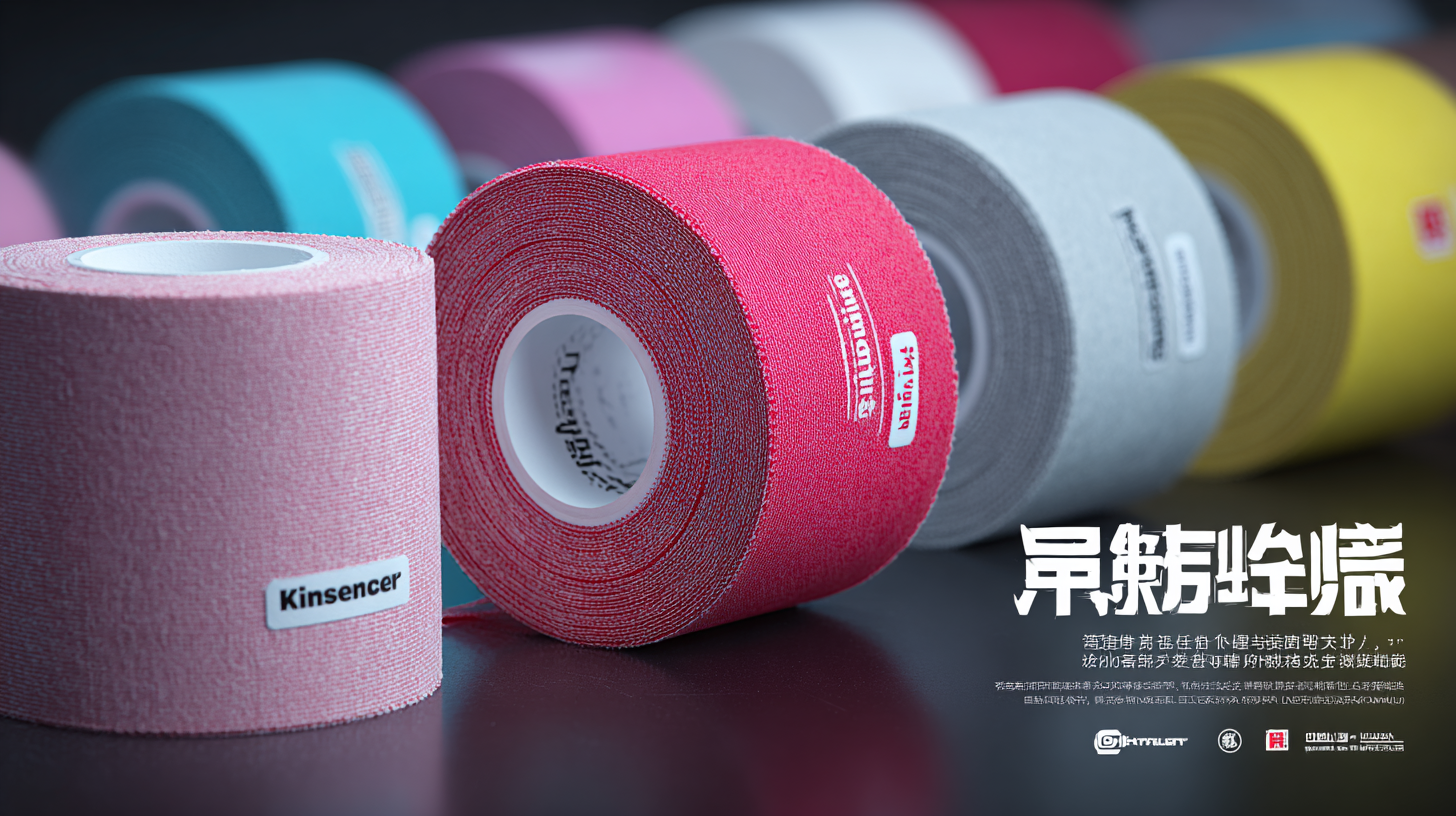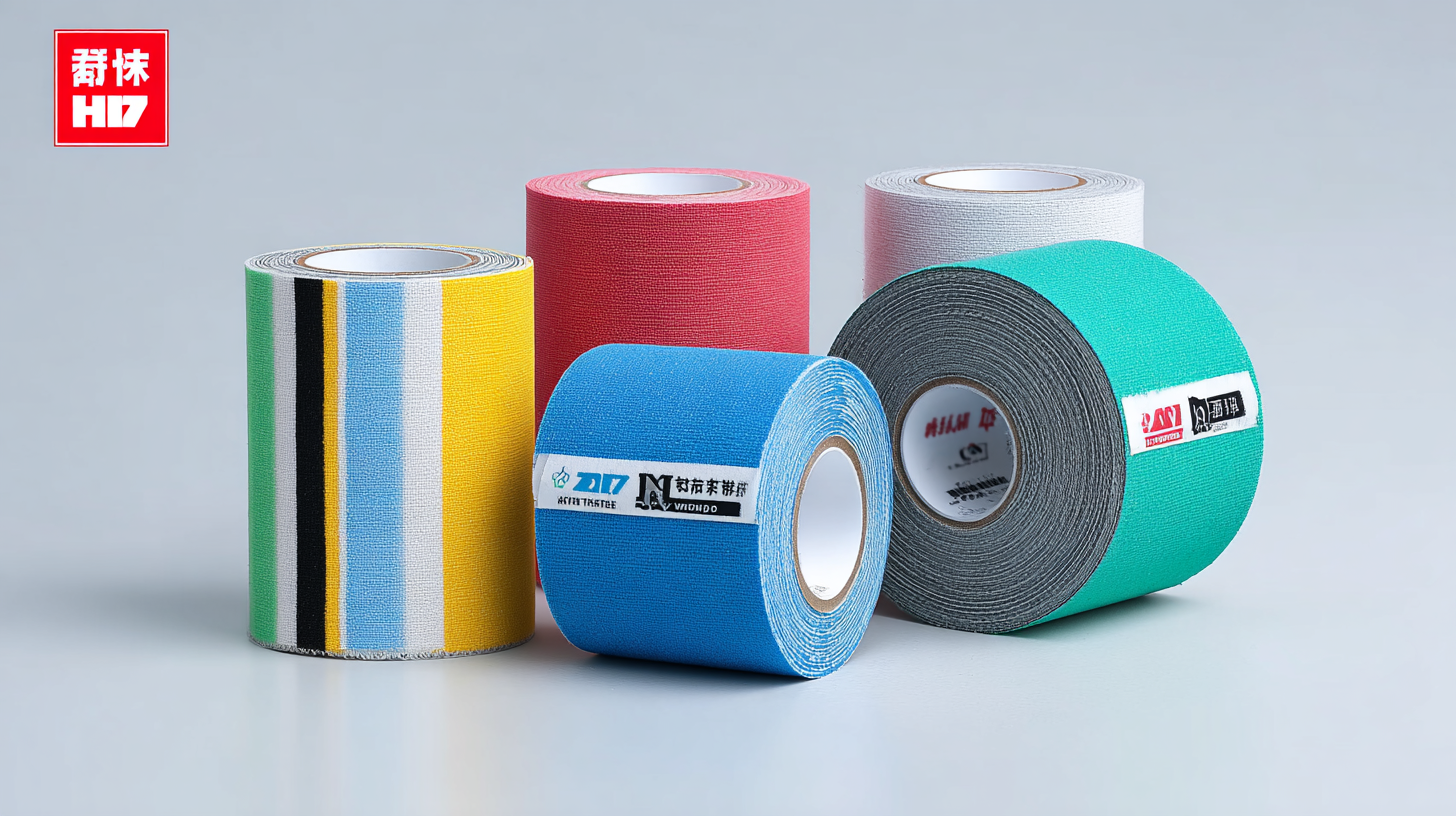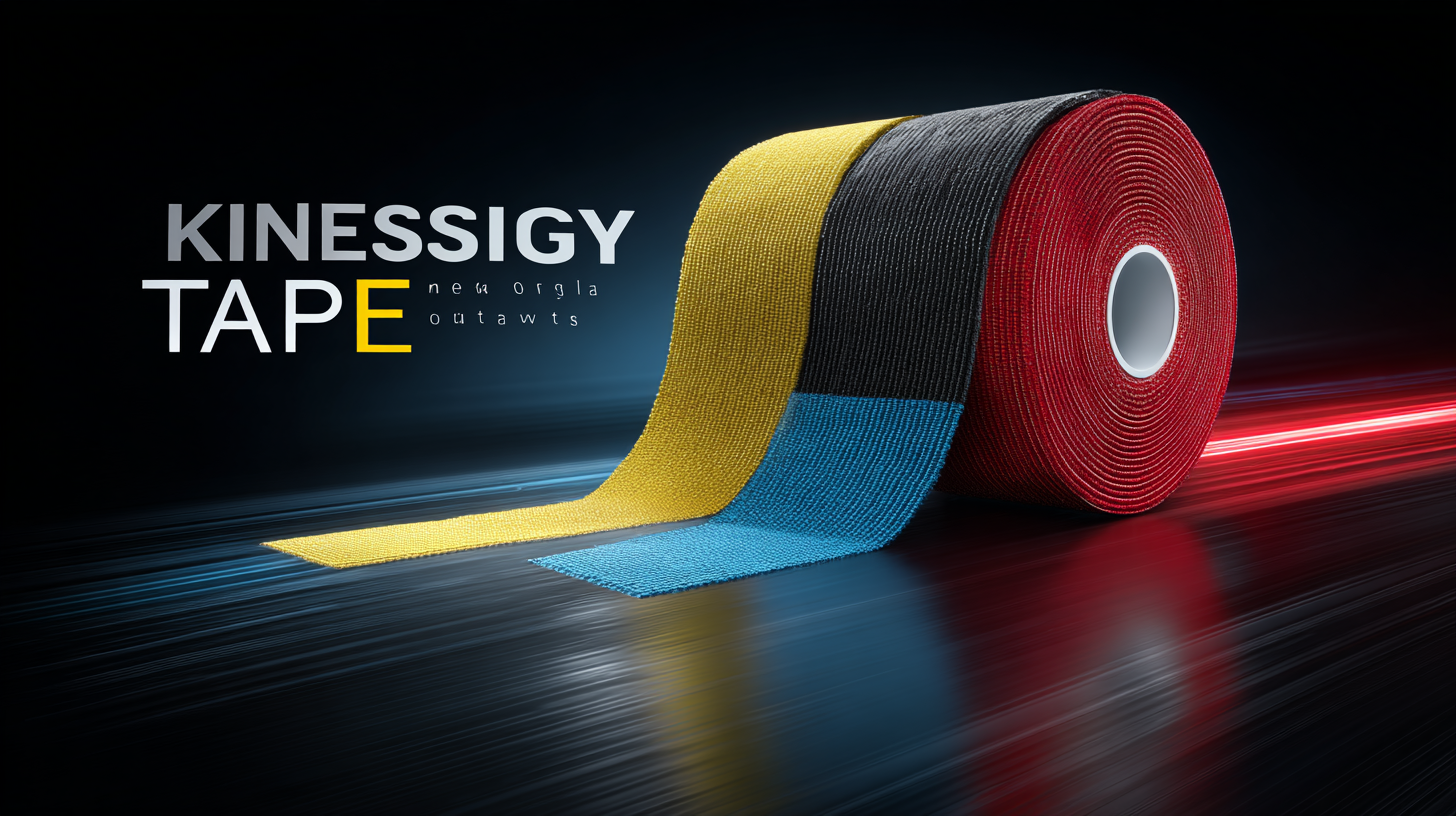Unleashing the Power of Best Kinesiology Tape from China's Leading Export Factory
In recent years, Kinesiology Tape has emerged as a revolutionary tool in the world of sports and rehabilitation, providing athletes and physical therapy patients with unparalleled support and pain relief.
Today, we delve into the exceptional craftsmanship and innovative techniques employed by China’s leading export factory, which is rapidly becoming a formidable force in the global market. Known for their commitment to quality, these manufacturers have harnessed cutting-edge technology and rigorous quality control measures to produce Kinesiology Tape that stands out in both performance and reliability.

As we explore the journey of this remarkable product from its roots in China to its widespread acceptance worldwide, we will uncover how the right kinesiology solutions not only enhance athletic performance but also inspire confidence and resilience in users everywhere.
Join us as we unpack the remarkable impact of Kinesiology Tape and its potential to transform the sports and rehabilitation industries on a global scale.
Understanding Kinesiology Tape: Benefits and Applications for Athletes and Rehabilitation
Kinesiology tape, a flexible acrylic tape, has gained tremendous popularity among athletes and rehabilitation professionals for its multifaceted benefits. According to a study published in the *Journal of Sports Rehabilitation*, kinesiology tape can enhance athletic performance by supporting injured or overused muscles without restricting their range of motion. This unique feature encourages natural movement patterns while alleviating pain and swelling, making it an invaluable tool for both professional athletes and weekend warriors alike.
Incorporating kinesiology tape into rehabilitation protocols has shown significant results. A report from the *International Journal of Sports Physical Therapy* highlights that athletes using kinesiology tape experienced a 38% faster recovery rate compared to traditional treatment methods. Moreover, the tape provides proprioceptive feedback, enhancing body awareness and coordination, which is crucial during the healing process.
Tips for effective use of kinesiology tape include ensuring the skin is clean and dry before application to enhance adhesion. Additionally, applying the tape in the direction of the muscle fibers can maximize its effectiveness. For those new to kinesiology tape, starting with shorter applications and monitoring for skin irritation can help in gauging individual tolerance and effectiveness.
Understanding Kinesiology Tape: Benefits and Applications for Athletes
This bar chart illustrates the various benefits of kinesiology tape as reported by athletes, highlighting its effectiveness in injury prevention, pain relief, and enhanced performance.
Industry Trends for 2025: Innovations Shaping the Kinesiology Tape Market
The kinesiology tape market is poised for significant expansion, with projections indicating a market size of $320 million by 2025, rising to an impressive $4.49 billion by 2033. This represents a compound annual growth rate (CAGR) of 5.8%, reflecting the growing recognition of kinesiology tape's benefits in both therapeutic and athletic applications. The increasing adoption of kinesiology tape among athletes and fitness enthusiasts underscores its importance in injury prevention and rehabilitation, driving demand across multiple sectors.

As we look toward 2025, innovation will be key in shaping the future of this industry. Advances in material technology and product design are expected to yield tapes that are not only more effective in pain management and support but also more comfortable and versatile for users. Furthermore, the rising trend of health and wellness continues to bolster the kinesiology tape market, with greater awareness about its applications in physical therapy and sports medicine. The combination of these factors places kinesiology tape at the forefront of the sports healthcare revolution, making it an exciting segment to watch in the coming years.
Top 5 Best Kinesiology Tape Brands from China's Leading Export Factories
The kinesiology tape market has witnessed significant growth, with a projected annual growth rate of 5.4% from 2021 to 2028, according to a recent industry report by Grand View Research. This expansion is largely attributed to the increasing demand for non-invasive therapeutic options and the growing popularity of kinesiology tape among athletes and physical therapy patients. With numerous brands emerging from China's leading export factories, identifying the top contenders is crucial for consumers seeking quality and effectiveness.
Among the top five kinesiology tape brands, "KT Tape" stands out for its innovative designs and extensive color selections, making it a favorite among professional athletes. Another noteworthy brand is "RockTape," known for its strong adhesive properties and durability, often recommended by physical therapists for sports injuries. "SpiderTech," with its pre-cut applications, offers a convenient solution for users who prefer swift and easy application. Furthermore, "Dynacord" and "Kinesio" have maintained their reputation for high-quality materials that provide reliable support and pain relief. As the kinesiology tape industry continues to advance, these brands from China are setting standards for performance and reliability in the market.
Unleashing the Power of Best Kinesiology Tape from China's Leading Export Factory - Top 5 Best Kinesiology Tape Brands
| Brand Name |
Material |
Width (cm) |
Length (m) |
Adhesive Strength |
Water Resistance |
Price (per roll) |
| Brand A |
Cotton |
5 |
5 |
High |
Yes |
$12.99 |
| Brand B |
Polyester |
7.5 |
5 |
Medium |
Yes |
$10.50 |
| Brand C |
Cotton/Elastic Blend |
5 |
5 |
Very High |
Yes |
$14.99 |
| Brand D |
Nylon |
5 |
5 |
Medium |
No |
$9.99 |
| Brand E |
Cotton |
5 |
5 |
High |
Yes |
$11.49 |
The Science Behind Kinesiology Tape: How It Enhances Performance
Kinesiology tape has become a staple in the realm of sports medicine and performance enhancement, primarily due to its innovative design and physiological benefits. The science behind kinesiology tape lies in its unique elasticity, which mimics the skin's natural movement. This flexibility allows the tape to lift the skin slightly from the underlying tissues, creating space that promotes better blood flow and enhances lymphatic drainage. As a result, athletes experience reduced inflammation and improved recovery times, allowing them to push their limits without the fear of injury.
Furthermore, kinesiology tape provides proprioceptive feedback to the body, aiding in muscle coordination and stability. By strategically applying the tape along specific muscle groups, athletes can improve their performance through better body awareness and control. This tactile stimulation helps signal the brain to activate underused muscles while inhibiting overactive ones, creating a balanced functional movement pattern. This is particularly beneficial in sports environments where precision and timing are crucial, as it helps athletes maintain peak performance levels throughout their activities.
Key Features to Look for in High-Quality Kinesiology Tape Products
The kinesiology tape market is experiencing significant growth, particularly as awareness and acceptance of its benefits within sports and therapy sectors increase. With rising participation in sports globally, kinesiology tape has emerged as a vital tool for enhancing athletic performance and aiding recovery. Key features to look for in high-quality kinesiology tape include elasticity, breathability, and adhesion strength, ensuring that athletes can rely on it during intense physical activities.

In terms of market reach, the demand for kinesiology tape spans various channels including sports-specific retail outlets, general retail stores, hospitals, and online platforms. As the market is projected to grow from 5.23 billion by 2025 to 7.27 billion by 2033, companies like Srich Medical are capitalizing on this momentum. Their strategic innovations, stemming from a breakthrough in material technology, have allowed them to maintain a strong position in the kinesiology tape industry. Meeting the needs of both casual athletes and professionals alike, the industry's evolution implies a bright future, driven by ongoing research and a commitment to quality.






